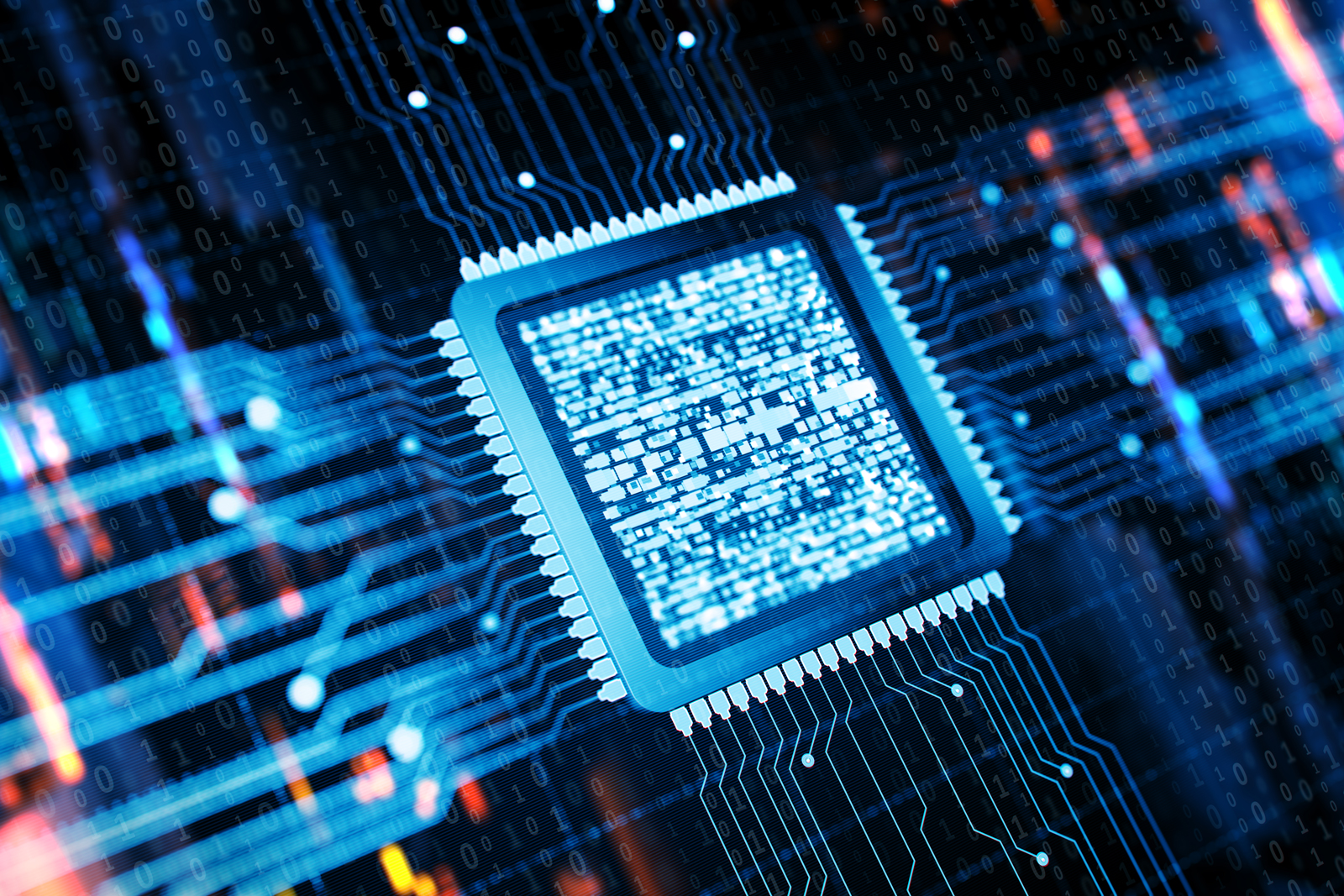If you’re using the net from your computer, your laptop is part of a community. This community, in Flip, is a part of every other community. Quickly, the net becomes a networking infrastructure. It turned into the result of some visionary wondering by using the people in the early Sixties who saw super capability value in permitting computers to share records on studies and improvement in scientific and military fields. Shrinking computer sizes and document-sharing services made it viable for each laptop in the globe to interconnect. The ‘World Wide Web’ is a provider constructed on the internet’s pinnacle, which permits thousands of computer systems worldwide to access statistics.
The internet has served well thus far but has a few shortcomings. Scientists and computing specialists are usually looking for the subsequent jump forward. The net allows you to access the simplest percentage data, and there is nothing more you can think about other than that. To address this problem, the experts devised a new device called the ‘Grid.’ A grid computing machine is a parallel computing system that permits us to proportion computing electricity, disk garages, databases, and software packages. The period ‘Grid’ first seemed in Ian Foster’s and Carl Kesselman’s seminal paintings – The Grid: Blueprint for a new computing infrastructure. Ian Foster is the Associate Division Director of the Mathematics and Computer Science Division at Argonne National Laboratory (United States). He leads the Distributed Systems Laboratory and is a Professor in the Department of Computer Science at the University of Chicago. In one in every one of his articles, Ian Foster lists these primary attributes of a Grid:

A grid computing machine, also called a dispensed computing machine, relies on computers related to a community through a traditional network interface like the ‘Ethernet’ (the port you connect your LAN cable). These computer systems have the functionality to mix and yield higher consequences than a supercomputer. These computers are independently controlled and can carry out tasks unrelated to the grid on the operator’s difficulty. This is what Ian Foster indicates within the first factor of his checklist.
The putting characteristic of a grid computing system is that it permits the sharing of computing power. This is also called CPU scavenging, in which a computer steals the unused cycles of every other laptop. These cycles are nothing, however, the idle times of a processor in a laptop. Shared computing is sharing tasks over a couple of computer systems. It’s as accurate in different phrases as getting the identical process done by a gaggle of people instead of a huge, strong man. As a result, a challenge that took days to complete may be achieved over a tremendously small period. IBM is presently developing a global-scale supercomputer primarily based on shared computing. They have named it ‘Project Kittyhawk,’ and it will run the whole internet as an application. Shared computing is one of the services that a grid will provide.
Desktops, laptops, supercomputers, and clusters integrate to shape a grid. All of these computers could have specific hardware and working structures. Grids are also usually loosely linked in a decentralized community instead of contained in an unmarried area, as computer systems in a cluster regularly are. Hence, a grid’s flexibility and further features distinguish it from its competitors. Moreover, a grid is built from open standard protocols and interfaces like the TCP/IP protocol suite, which is essential to realize internationalization instead of subjugating it to neighborhood limits.
In addition to shared computing energy, a grid lets you proportion disk storage, databases, and software packages. Altogether, this machine might be handy for people from exclusive categories, ranging from scientists to customers. Most computer systems in mid-length and huge-length groups are idle for a better percentage of the time. These idle processors may be utilized for different essential duties through CPU scavenging. Other scientists in the arena would like to visualize their applications in actual time instead of anticipating ages until their results are shipped, established, and returned. With the assistance of the grid, human beings from distinct fields of information could be able to hook as many faraway computer systems as possible and share their findings. This won’t simplest accelerate the technique. However, it can even produce accurate results.
One of the biggest initiatives on the grid is being finished in Switzerland by the European Organization for Nuclear Research (CERN). Thousands of computer systems, laptops, cell telephones, statistics vaults, meteorological sensors, and telescopes will represent the most important grid so that you can produce an annual database of approximately 15 million gigabytes. This occasion will become feasible when beams of subatomic debris known as ‘Hadrons’ collide inside the ‘Large Hadron Collider’ – A huge scientific device 100 meters underground in Geneva, Switzerland. Thousands of scientists around the arena need to get the right of entry to and examine this fact, so CERN is participating with establishments in 33 special nations to perform a disbursed computing and statistics storage infrastructure: the LHC Computing Grid (LCG).
To continuously reap the blessings of this gadget, it is vital to ensure that the computer systems performing the calculations are completely straightforward. Consequently, the machine designers should introduce measures to prevent malfunctions or malicious contributors from producing false, deceptive, or incorrect results and use the machine as an attack vector. Computer systems drop out voluntarily or because of their failure in a grid.
Many initiatives over the grid are underway, and the day is not some distance while it’ll be globally carried out. But for any new technology to be successful, it wishes to take delivery of a hazard. Its fate may be in our palms. There will be a lot of chaos and confusion before the ratings are out. The chances for the grid to become a successful computing gadget are high; with it, our knowledge of the universe goes to alternate.












